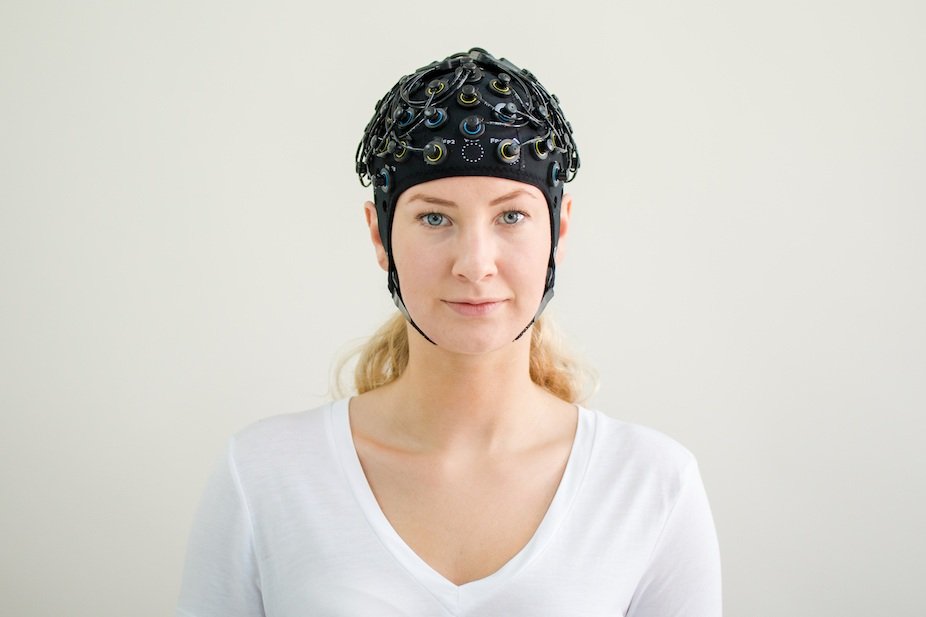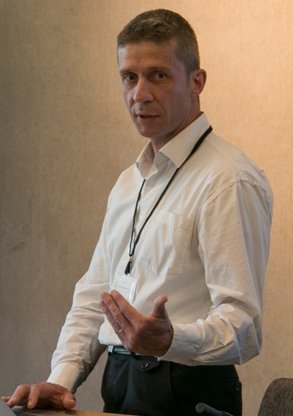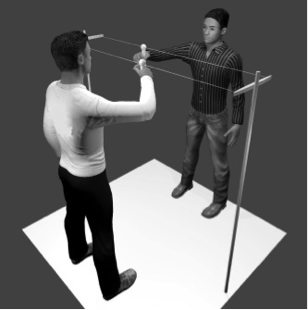In Artinis NIRS blog, you will find the latest trends in (f)NIRS, NIRS studies and applications, tutor from the leaders of near infrared spectroscopy, not to mention detailed insights and tips and tricks for your research!
Search blog post topic
User insight: observing NIRS research with the Artinis PortaLite on elderly
We like to incorporate the user from the very first beginning in our development process. Talking with researchers and clinicians, we get to know what’s driving them and what their expectations and suggestions are for our devices. We are constantly trying to understand their feelings and see the world from their perspective to optimize our NIRS devices. One way of doing this is observing and questioning the user that is working with the device, and subject that is wearing the NIRS device. This way, we are trying to gain new insights for existing and future NIRS products.
PROMPT project: towards personalized treatment of mobility dysfunction
In this project we will focus on one of the most disabling symptoms of Parkinson’s disease, freezing of gait – episodic absence or reduction in the ability to produce an effective stepping in spite of the intention to walk (Nutt et al., 2011).
Publication overview 2018
A special thanks to our customers who published so many articles with our (f)NIRS devices and we hope you will keep on publishing in the future!
A research lab on wheels: unveiling the Sophia Bus
The Sophia Bus was an idea pitched by researchers from the Department of Child and Adolescent Psychiatry and Psychology within Erasmus MC-Sophia Children’s Hospital. As a national expertise center for many rare neurodevelopmental syndromes, children all over the Netherlands need to travel all the way to Rotterdam frequently to participate in research studies. The Sophia bus minimizes the burden for these patients by offering the solution to this problem: a mobile research lab that carries researchers to the patients’ doorstep.
NIRS and connectivity measures: an Interview with Prof. Stephane Perrey
fNIRS, as a neuroimaging method, was introduced more than two decades ago. Innovation in equipment, tools, and methods based on related-neuroimaging methods is increasing thanks to several companies and academic laboratories. The use of fNIRS in future research practices will aid in advancing modern investigations of human brain function. Connectivity measures will contribute to the field of neuroscience and a multimodal imaging approach is likely required.
A research lab on wheels: an interview with Dr. Sabine Mous
Thanks to the very generous gifts of local companies and private individuals during the ‘Lichtjesactie’ (translates as ‘Candles project’) that was organized during Christmas time last year by the Stichting Vrienden van Sophia, the Sophia Childrens hospital were able to buy a camper van, which has been remodeled and transformed into a mobile research lab under close guidance of dr. Sabine Mous.
Laser and LED, what is the difference in NIRS?
As an application Specialist at Artinis Medical Systems I get asked a lot what the differences are between lasers and LEDs. So, therefore a small blog to answer this question once and for all. Both laser and LED have their specific pros and cons. It depends very much on your research requirements what technique is best for you. I have broken down the differences in measuring depth, portability, pricing, wavelengths and safety in this blog.
How to set up your Brite video
Watch how easy setting up your Brite is!
The Brite is the only wearable fNIRS device worldwide that can measure the oxy-, deoxy- and total hemoglobin in every part of the head, e.g. prefrontal cortex, motor cortex, or visual cortex.
Combining the world of NIRS and EEG
EEG and fNIRS are complementary measuring techniques. EEG measures electrophysiological brain activation, that is the electromagnetic field created when neurons in the brain are firing. fNIRS measures the hemodynamic response, that is the change of oxygen in the blood when a brain region becomes active. By combining EEG and fNIRS, a more complete picture of brain activity is obtained: activation of neurons and energy demand of neurons.
Publication overview 2016
At Artinis we consider ultimate success to be good publications by our customers. To see how we are doing we have systematically searched Google Scholar for NIRS and fNIRS publications.
Auditory research with NIRS: an interview with dr. Marc van Wanrooij
Dr. Marc van Wanrooij and his team from the Hearing and Implants lab used a 48-channel OxyMon to study temporal cortical activation as represented by concentration changes of oxy- and deoxy-hemoglobin in 48, easy-to-apply optical fNIRS channels.
2fNIRS workshop: Hyperscanning with the OctaMon
Last week Artinis was present at the 2016 2f-NIRS conference in Montpellier, France. This two-day conference, titled NIRS signal: from acquisition to analysis, provided us with a great platform to give a mirror game workshop with two OctaMon devices.












